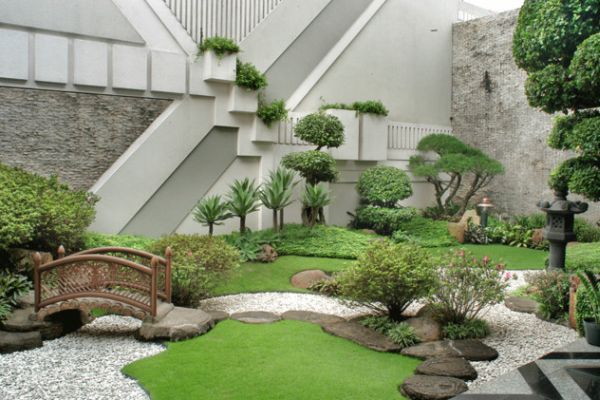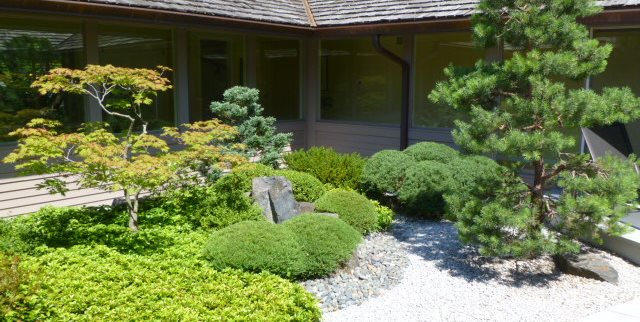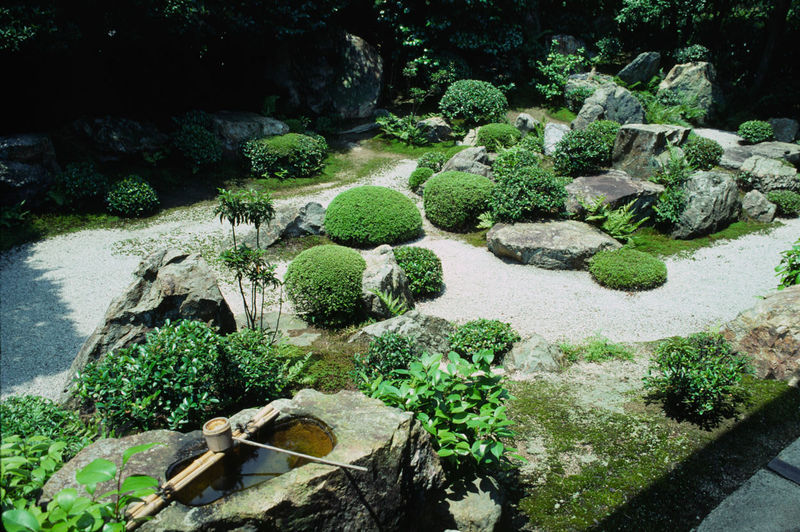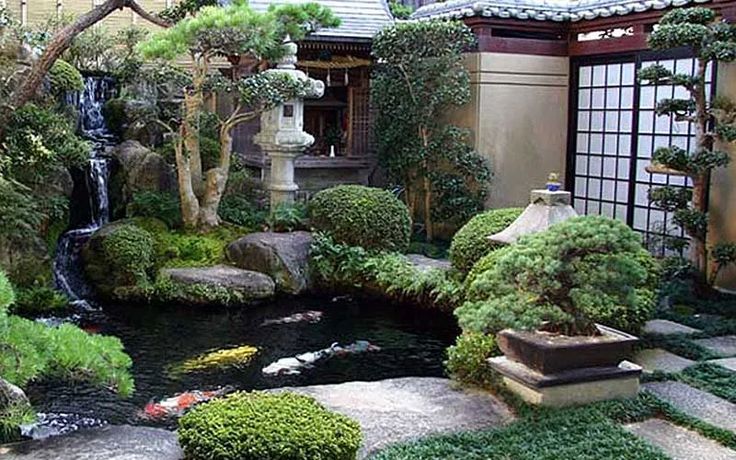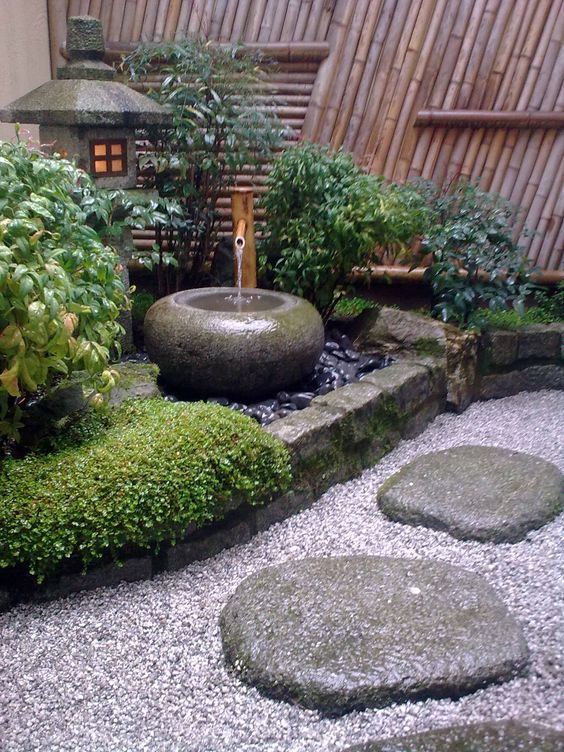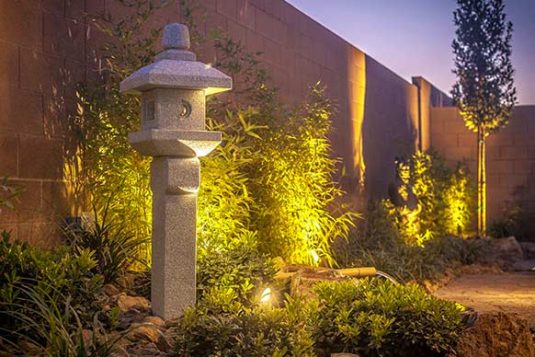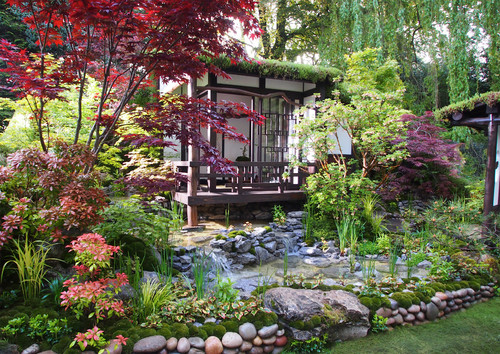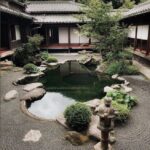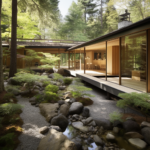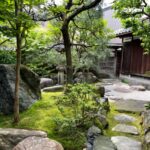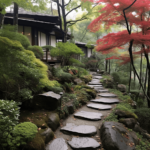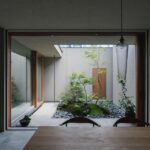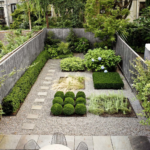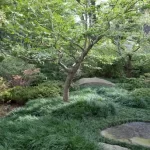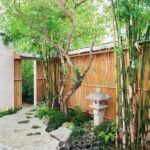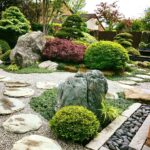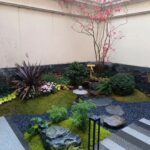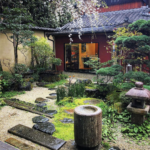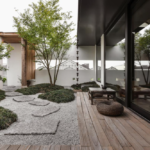Japanese backyard design is a unique and harmonious approach to creating a tranquil and serene outdoor space. Drawing inspiration from the principles of Zen Buddhism, Japanese gardens are carefully curated to evoke a sense of peace, balance, and harmony.
One of the key features of Japanese backyard design is the use of natural elements such as rocks, water, plants, and wood to create a seamless blend between the indoors and outdoors. The goal is to create a space that feels like a natural extension of the home and provides a place for relaxation and contemplation.
Rocks are a common element in Japanese gardens, symbolizing strength and permanence. They are often placed in carefully arranged patterns to represent mountains or islands, creating a sense of depth and perspective. Water is another crucial element, with the sound of running water from a fountain or stream adding a soothing quality to the space.
Plants are carefully selected and arranged to create a sense of balance and harmony, with an emphasis on simplicity and elegance. Japanese gardens typically feature a mix of evergreen shrubs, bamboo, and flowering plants such as cherry blossoms or Japanese maples.
Wood is also a prevalent material in Japanese backyard design, often used to create structures such as pergolas, bridges, and fences. These wooden elements are designed to blend seamlessly with the natural surroundings and provide a sense of warmth and texture to the space.
In addition to these natural elements, Japanese backyard design often incorporates traditional Japanese design principles such as minimalism, asymmetry, and the concept of wabi-sabi, which values imperfection and impermanence. These principles help create a sense of tranquility and serenity in the space, encouraging mindfulness and introspection.
Overall, Japanese backyard design is a beautiful and timeless approach to creating a peaceful and harmonious outdoor space. By incorporating natural elements, traditional design principles, and a sense of mindfulness, a Japanese garden can provide a sanctuary for relaxation and contemplation in the midst of the hustle and bustle of everyday life.
 innstyled backyard design ideas
innstyled backyard design ideas

